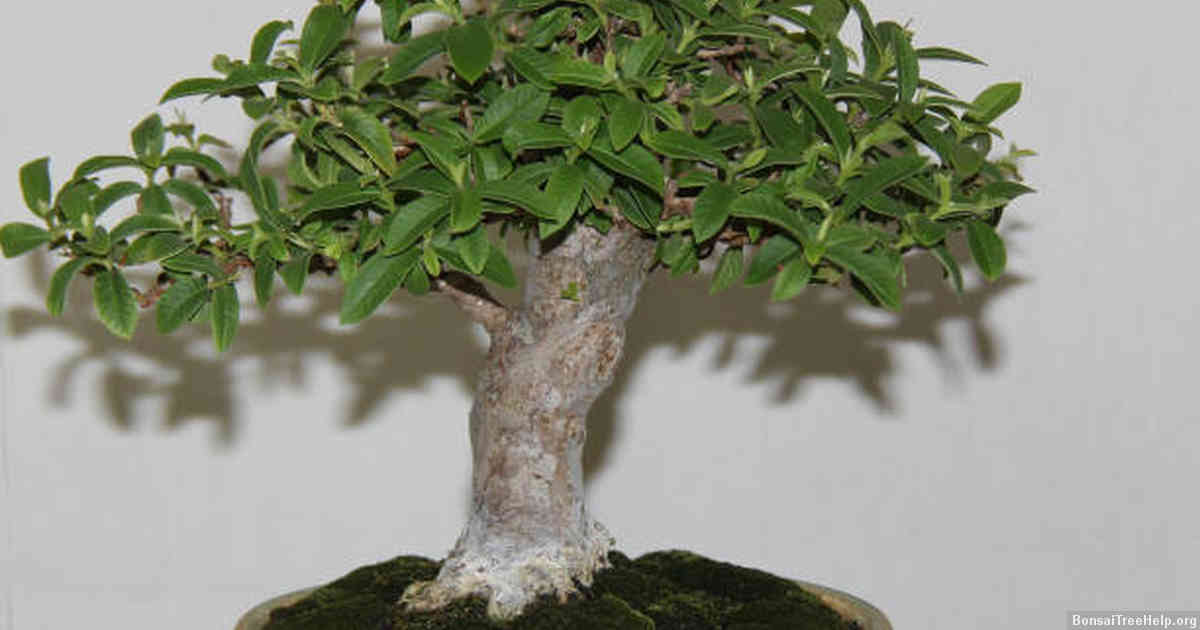
A fig bonsai is typically dark green in color, however the exact hue can vary depending on the variety of fig used. Many specimens will show some hints of yellow or other colors amidst their dark green leaves and trunk. The smooth bark of the tree may also be a brownish-gray shade.
Contents:
Cultivation of Fig Bonsai
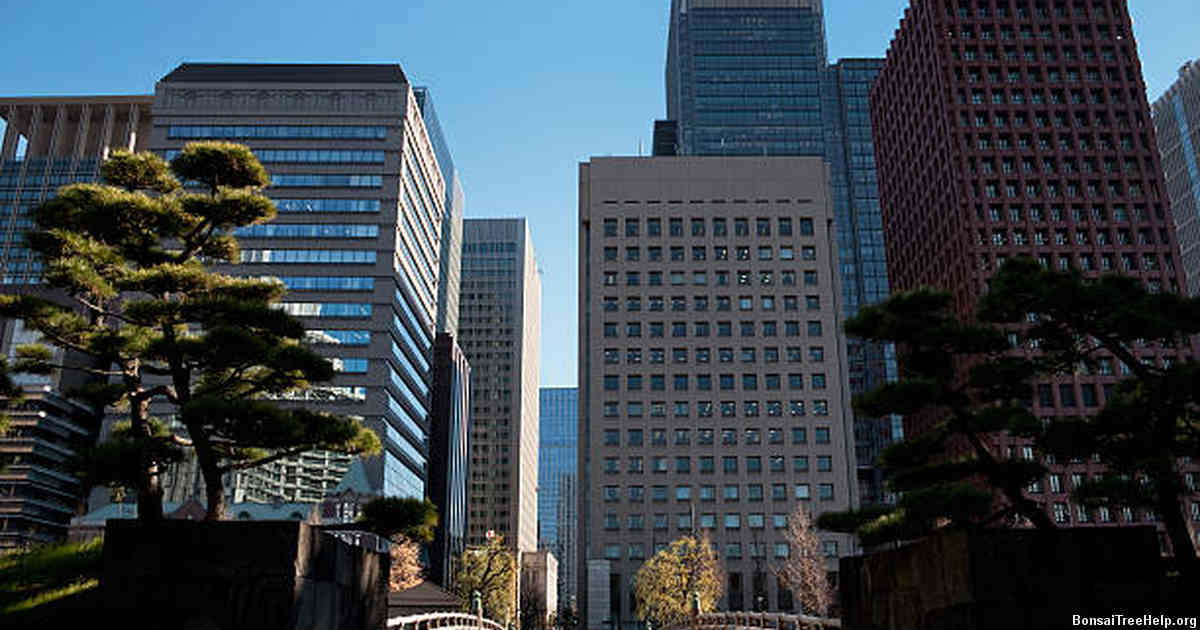
Cultivating a fig bonsai is a rewarding and challenging experience. Depending on the species, there are several distinct cultivation techniques for figs, all of which involve careful pruning and trimming to encourage small foliage and stimulate budding growth. It is important to understand how much light your particular species requires in order to flourish, as different varieties have slightly different preferences. Moreover, making sure that the plant receives enough water without getting over-watered can be tricky as well.
Fertilizer needs also vary depending on the type of fig you have; some will thrive with regular applications while others may need infrequent doses of specific nutrients. Repotting should be done when necessary to provide plenty of space for root development or when switching soil mixes. It’s worth noting that the color of a healthy Fig Bonsai depends on its variety – there are some with green leaves whereas other types display deep purple hues.
Shaping and Trimming Techniques

For those wanting to give their fig bonsai a more aesthetically pleasing look, shaping and trimming techniques should be utilized. Pruning and wiring are two of the most common methods of shaping a bonsai tree that have been practiced for centuries. It is important to note that pruning occurs primarily when the plant is in its growing season or months; doing so during dormancy can damage its growth.
While pruning encourages new branches to form, wiring helps manipulate current ones into desired shapes by bending them as needed. Wiring should be done carefully to avoid crushing or breaking delicate twigs and branches, as it does take time for wires to set and harden once applied. Many gardeners use copper wire specifically designed for training young plants because it rusts quickly, allowing easy removal after use without cutting any parts of the tree itself.
When wiring your fig bonsai tree, using an appropriate gauge of wire may prove helpful in managing where the branch turns; thicker wires require greater strength with less flexibility whereas thinner wires are more flexible but not as strong. Knowing when to change out the wire will depend on how far you want your branch bends; between every two-three months should do just fine if no drastic changes are made after wiring implementation.
Soil Conditions and Fertilization
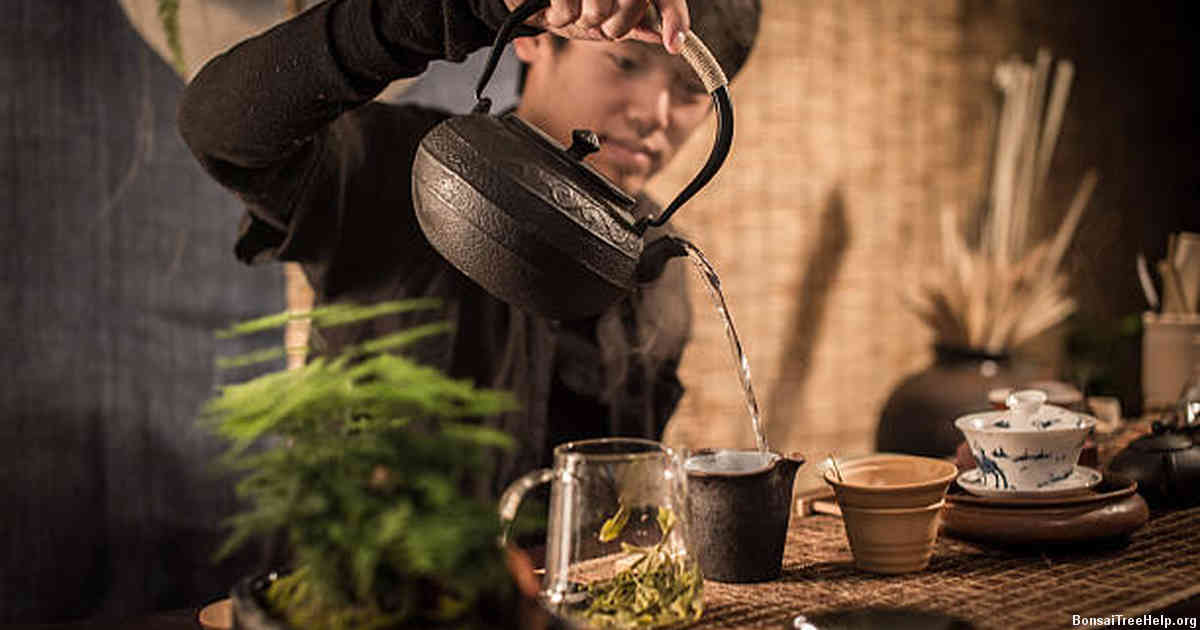
Fig bonsais thrive in slightly acidic soil and require frequent fertilization. An ideal potting mix contains loam, sand, peat moss and a small amount of vermiculite for aeration. Figs should be placed in pots with drainage holes to prevent water-logging and root rot. The soil should be lightly moistened and not allowed to dry out between waterings. During the growing season, plants should receive a balanced fertilizer every other week but at half strength to avoid over-fertilizing or nutrient burn. Organic matter is also important for keeping the roots healthy so it can be mixed into the soil when potting up new plants or repotting older ones. If planted outdoors, figs will benefit from being mulched with leaves or bark chips in order to keep moisture levels more consistent throughout the summer months.
Fig Bonsai’s Symbolism in Culture

The fig bonsai has long been held as a symbol of prosperity, luck and strength throughout various cultures. This unique plant has been highly valued in the East for centuries, and is often thought to bring wisdom, fertility and longevity. In Asia, it is believed that having this tree on one’s property increases the wealth of its owner. As such, some people prefer to put a pot of bonsai next to their door or window in order to attract positive energy into their house.
In Feng Shui philosophy, plants represent good luck and positive energy – thus making the fig bonsai an excellent choice for those who wish to bring fortune into their lives. Placing the tree outside can also be beneficial according to this doctrine; however this will depend on where exactly you place it – close to your entrance gate or further away towards your backyard should both have different meanings depending on which school of Feng Shui you adhere too.
To many, owning a fig bonsai is not only bringing good luck but also signifies spiritual growth thanks to its deep roots representing groundedness and patience as well as beauty coming from its lush foliage representing resilience even when going through difficult times. This makes them ideal decorations around homes, workplaces and yoga studios among other places seeking serenity due their calming presence.
Diseases and Pests Affecting Fig Bonsai Growth
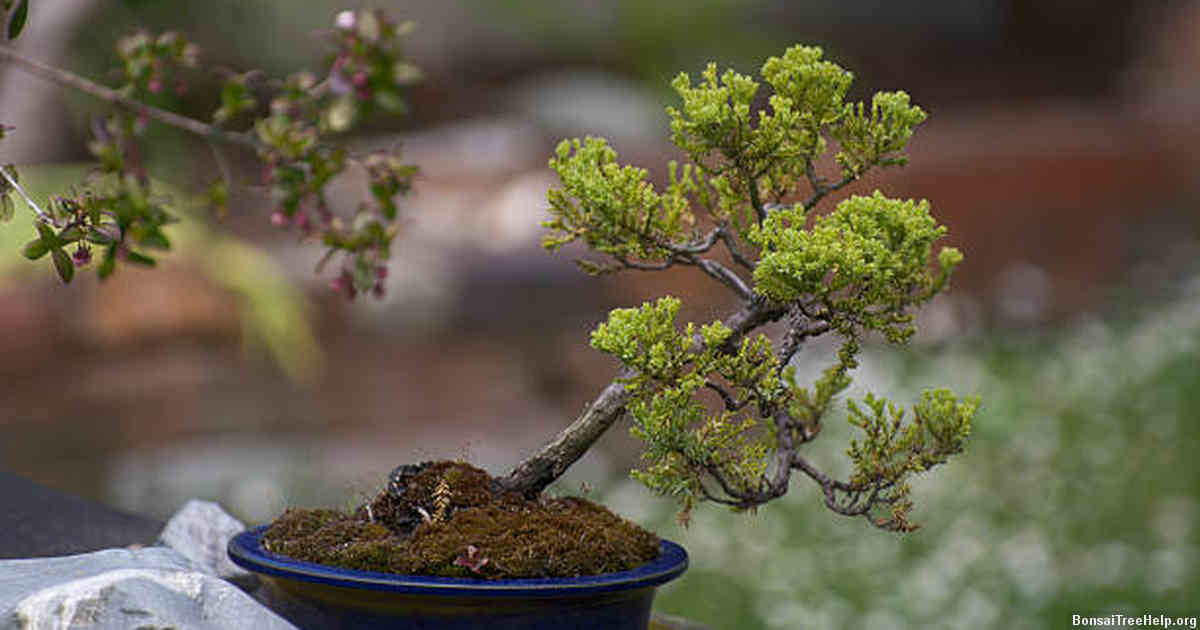
Fig bonsai are subject to pests and diseases just like other plants, so it is important to ensure that they receive proper care. Many of the same pests and diseases found in larger fig trees can also affect bonsai figs. If left untreated, these may stunt growth or even kill the plant altogether.
Among the most common types of pests affecting fig bonsais are aphids, mealybugs and spider mites. These insects feast on leaves and suck out essential nutrients from the tree’s sap. Scales are a type of pest which lay their eggs on the branches leading to infestation that disrupts a healthy flow of nutrients throughout the tree. Worms such as ficus leaf-roller worms can cause harm by spinning webs over portions of foliage which prohibit new shoots from coming through properly.
When it comes to disease, powdery mildew is one of the primary issues which affects fig bonsais due to prolonged exposure to humid climates or moist soil conditions in containers with poor drainage capabilities. Bacterial blight is another condition that can occur when infection enters wounds made by pruning shears or scissors that have not been properly sterilized between cuts; this allows bacteria to transfer freely within different parts of the tree making it difficult for any damaged areas heal naturally without immediate attention and treatment with fungicides approved by local horticulture experts.
Explore Different Varieties of Fig Bonsai Trees
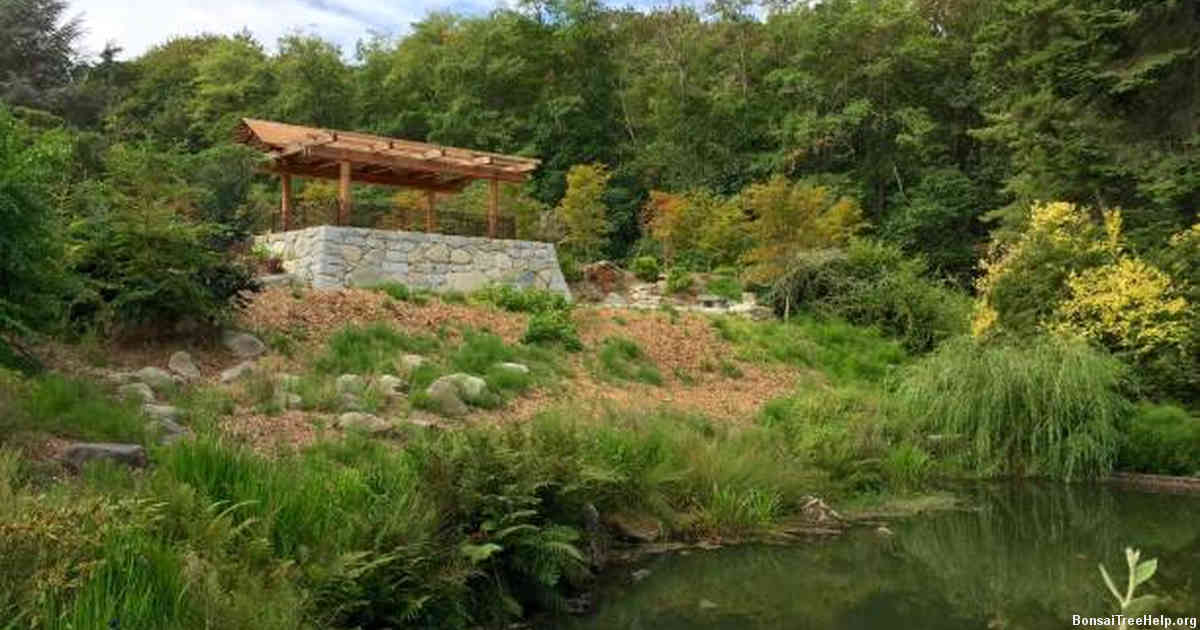
Fig bonsais are a type of tree that is typically available in multiple colors. However, the most popular variety of fig bonsai trees is dark brown and greenish-gray. These particular trees can have either a glossy or matte finish, depending on the individual species. Some types also boast beautiful, smooth gray bark as well as bright red leaves when they bloom during the summer months. Another common color of fig bonsai trees includes deep greens and soft blues. Typically these varieties will offer dense foliage with vibrant colored flowers such as pink or white. Some yellow-brown shades are found on certain varieties like Japanese Royal Fig Bonsai Trees which can feature almost any combination of colors from black to purple, yellow to orange and beyond. Moreover, black figs can be seen sporting their striking dark hues in contrast to lush green foliage during blooming season from April through June; while deep blues can present mixed shades ranging from navy to baby blue for an interesting effect against lighter greenery along its trunk line and branches. Therefore various shades are possible when it comes to finding that perfect hued fig bonsai for your home or garden.
Leave a Reply